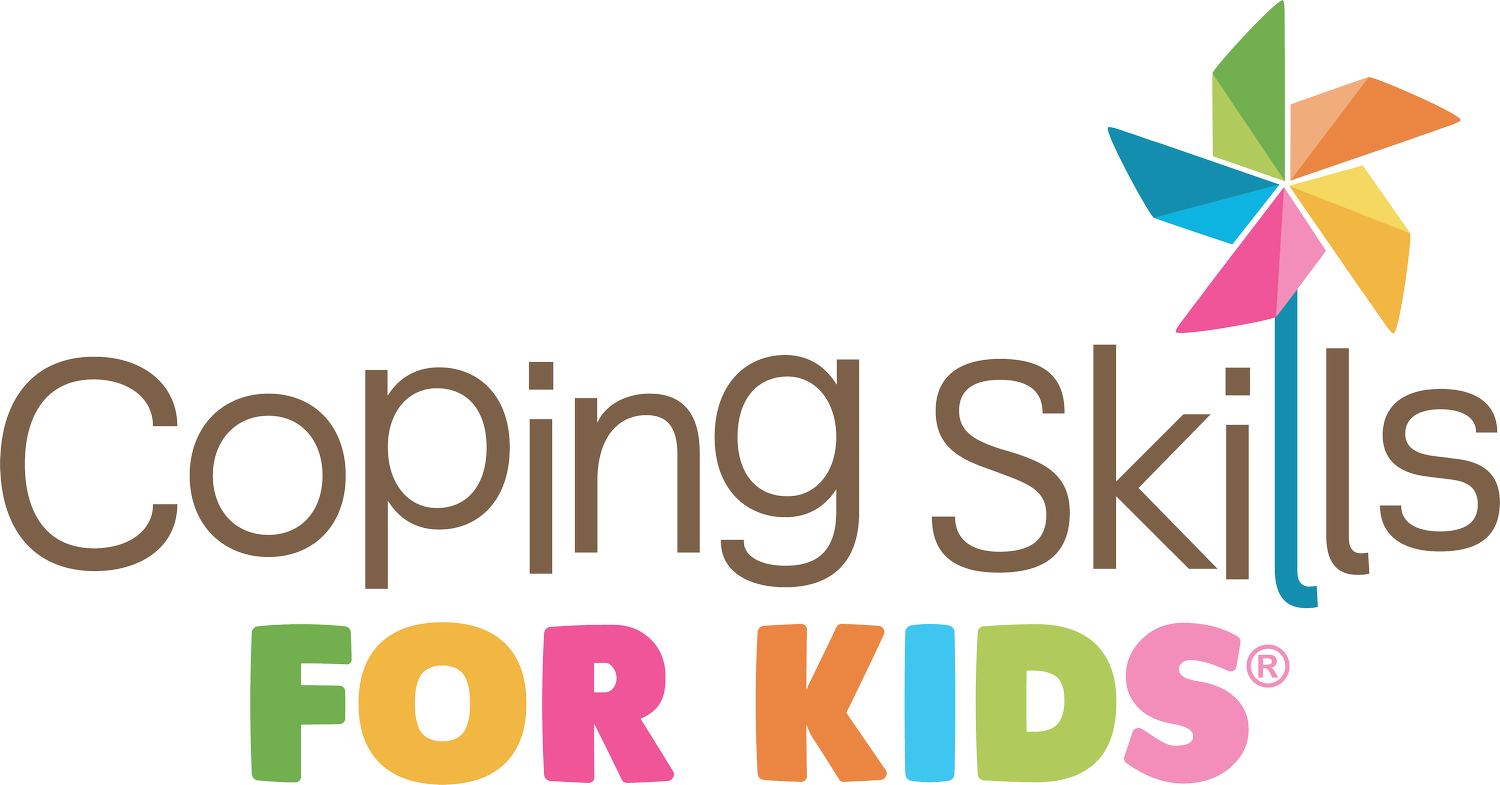Play is such a powerful way for kids you learn ANYTHING including coping skills. Games can also be a way to help us learn and identify the feelings we have. Plus being a lot of fun along the way!
Three playful ways to explore feelings with kids
What does happy feel like? What about being nervous? Sad or excited? Learning to identify feelings is so important for kids - when kids can label their feelings, it’s easier for them to self-regulate. One of the best ways to learn is through play, and you can work on feelings identification in fun and playful ways.
In this episode Janine discusses:
Helping Kids Identify Feelings in their Body
Checking in about Feelings at Home and at School
Have you ever thought back to how you were taught to recognize different emotions? It’s such an important social skill to not only recognize the feelings within yourself but for the people around you too. This episode is about just that - helping your children to recognize and check-in with their feelings.
Channeling Big Emotions into Positive Energy
Six Books about Feelings for Kids
How to Explore Feelings with Children Who Don't Want to Talk
We all know how important it is to help kids explore their feelings - it's a vital step in helping them understand and manage their emotions. But what do we do with those little ones who don't want to talk about it? Truthfully, it can be hard for kids to talk about their feelings. Here are four ideas to help you explore a child's emotions - without talking!
Make Your Own Feeling Faces Chart
Inside: Instructions for making your own feeling faces chart using your own children's faces
Emojis are like a modern day feeling faces charts. When I first started out as a therapist, there was that one particular image of feelings faces that everybody used. Nowadays with emoji's everywhere, there are so many more choices out there for creative feeling faces charts.
Making a Feelings Thermometer
Coping Skill Spotlight: Using a Worry Box
Sometimes, to really help deal with stress, you need to take some focused time to think and talk about your worries. However, it’s helpful to limit the amount of time that you are dwelling on these thoughts. You don’t want to be thinking about it constantly. Using a worry box is a good way to help manage stressful feelings.








